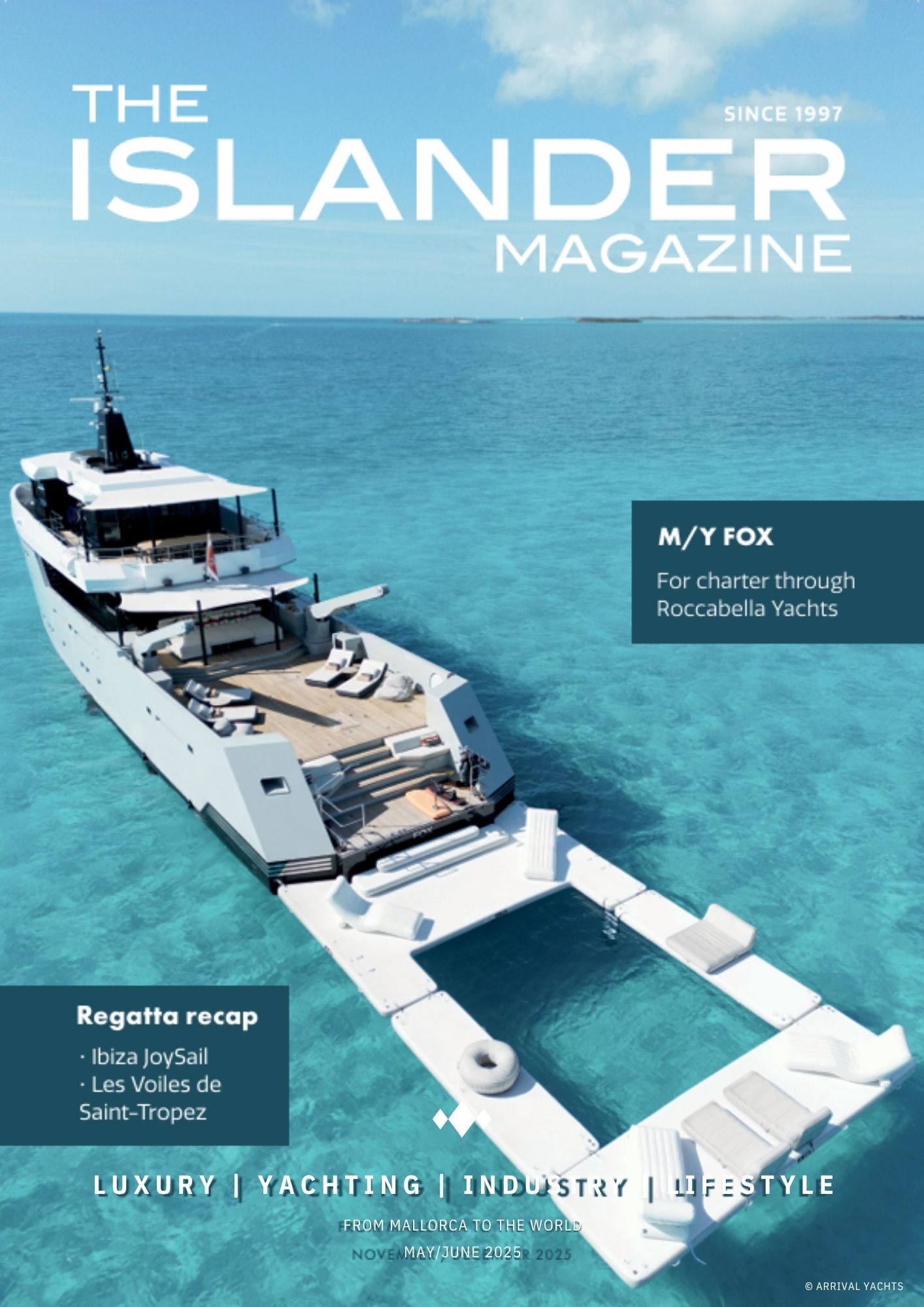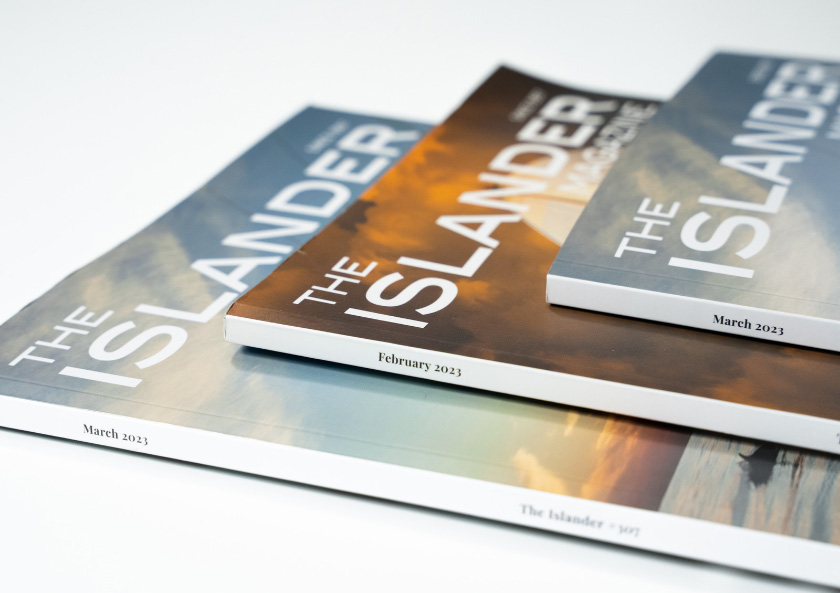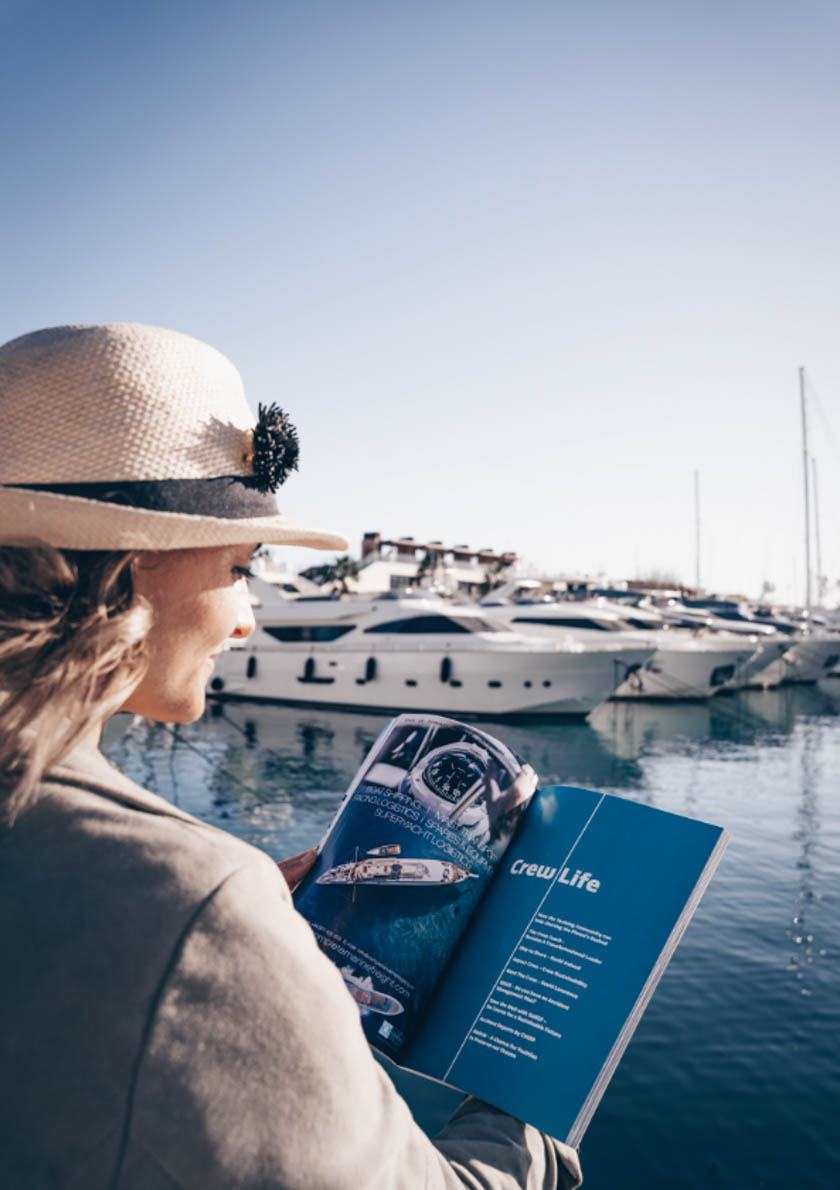The Training Record Book is part of the qualification requirements for Yacht Ratings and OOW (Y) candidates. It must be presented to the examiner when you sit your oral examination.
Exemption is given to OOW (Y) candidates who have 1095 (36 months) actual days at sea on vessels over 24 meters.
In order to ensure you complete it correctly, follow these tips and guidance.
General tips
- The TRB can be downloaded from the MCA website. PYA members can also get a printed and bound copy free of charge.
- The MCA will expect your TRB to be completed in ‘real time’ which means you MUST keep track of when you are completing the tasks and assessments even if your captain can’t sign it at the time. We advise you to make regular personal notes in your book in pencil including the date. Then when you present your book to the Captain for signing, you’ll have details of what you accomplished, when and where.
- All sections MUST be completed over a minimum of 12 months yacht service. Do not try to rush through it in less time than that – it will be rejected.
- Become familiar with all the tasks and assessments – this will help those who are training you.
- Get your Training Record Book signed off and stamped for inspection and endorsement:
- upon joining the vessel
- at regular intervals
- upon leaving the vessel.
- Some tasks might not be relevant to your vessel but you must research and enter something in each section.
- You DO need to complete the Yacht Rating Section, even if you already hold the Yachtmaster CoC. However you are exempt if you already hold the Yacht Rating Certificate.
- If you are not on a ‘Sailing Yacht’, you are exempt from the ‘Sailing section’.
- Prior to leaving any vessel, you should obtain a Sea Service Testimonial from the Master attesting the time served on board, including actual days at sea. Before submitting these to the MCA to show sea service for a CoC or revalidation, they will need to have been verified by the PYA or other official verifying body. Unlimited Sea service verification is included in full PYA membership.
Self-assessing the TRB
- You can self-assess the TRB if you are signed on as the Captain on a vessel, and hold a valid CoC – such as Yachtmaster Offshore or Master 200gt.
- You will need to get a letter from the Owner or Managing company confirming your employed position on-board.
- You will need to provide a statement to say you are the most qualified crew member on-board.
TRB Section by Section Guide
Personal Details
- Ensure that all personal details are completed, with your current mobile number and address. You MUST check that the start date corresponds to the first date of entry and NOT when you bought the book. We suggest you fill this page out last, so as to ensure current details apply.
List of Requirements
- This is a list of your personal certificate details. You are required to list where and when you did each module, as well as date of issue and expiry date (if applicable).
Details of the Officers
- Ensure that every Officer / Master who signs the tasks in your TRB has filled in their details, including details of the CoC held, position and signature.
Service Record
- List ONLY the vessels you have been employed with during completion of your Training Record Book. Don’t back date to include vessels you were employed on before starting the tasks and assignments.
Sea Service Record
- Ensure that you have filled out each day at sea from when you started working on your TRB.
- Make sure you list each day that you have left port and returned – it is not unusual to have a lot of day trips.
- Remember to total up each page and check against the days of service declared on your testimonial.
- For the MCA’s purposes, a month is always counted as 30 days.
Master’s inspection of this Training Record Book
- Ensure that the Captain provides you with comments at regular intervals in this section. These should aim to encourage you as well as identify areas where skills or abilities could be improved. The comments should not refer to your character.
Sea Service Testimonial
- The Master, Management Company or Employer should issue you with a Sea Service Testimonial attesting the time served on board including the amount of sea service completed. You should obtain a testimonial for each vessel you have ever been employed with. In your TRB, you should only include testimonials which cover the period of time you have been working on your Training Record Book. Although it is likely that you will have additional sea service testimonials from before starting your TRB, these should not be included in the TRB. The additional testimonials will feature in your Service Record Book that you present to the MCA.
Familiarisation Training, Parts 1,2 and 3
- Your Captain should take the necessary steps to ensure that before you (or any other seafarer) are assigned on-board duties, you should receive familiarisation training. You should be given an induction briefing including information and guidance on how your on-board training is to be integrated into the working schedule of the vessel. This induction should emphasise the importance and relevance of the various assignments and tasks that you will be required to undertake, particularly with regard to safe working practices and protection of the marine environment.
- You should make it your priority in the first few days of joining a vessel to complete the Familiarisation training sections of your TRB, including the Ship’s Particulars.
- Ensure that you have completed a Ship’s Particulars page for EACH yacht you have entered in your TRB.
Tasks and Assignments
- You must read, understand and perform the range of tasks, assignments and duties that have been set out for you by the MCA.
- This section of your training takes time and good knowledge of the required tasks and assignments – don’t rush it.
- Under the direction of your Captain (or any other officer who is authorised to sign your book) you should work through each component until a satisfactory standard of proficiency has been achieved and they are happy to attest that.
- The dates and signatures need to be completed in “real time”. So if your captain cannot sign at the time, it is up to YOU to keep a record of what you have completed and when.
- It is important that you are given adequate opportunity for supervised bridge and watch-keeping experience, particularly in the later stages of your on-board training period.
- The assignments and tasks are carried out either by giving an oral report (with notes if required) or by a practical demonstration, to the satisfaction of the assessing officer.
Remember this is YOUR personal diary of YOUR training which YOU are responsible for!
For some, the completion of the Training Record Book is a whole new world of learning and training. For others it’s a matter of filling in a few gaps of knowledge in order to further an already colourful career. Whatever it is, the most important reasons for the TRB are learning, sharing knowledge, mentoring and above all safety at sea.
If you have any questions about the TRB, the PYA team can assist you. Join online at www.pya.org today!













0 Comments